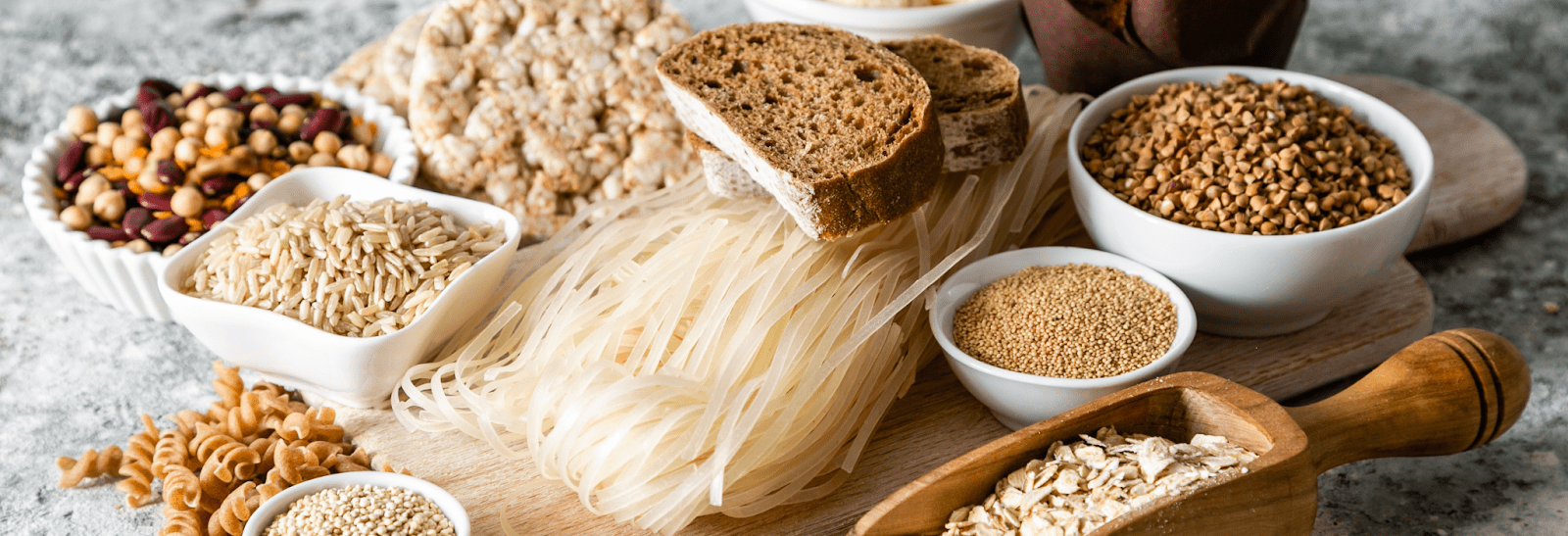
With dietician and nutritionist Lucía Redondo, we discover the most common food intolerances and what eating habits lead to their appearance.
Food intolerances are present in our daily lives. Surely you know someone lactose-, gluten- or fructose intolerant. Although food intolerances have been around for thousands of years, in recent decades, they have become more prevalent, as has the development of digestive problems. What are the causes of this increase?
Doncs, allò que mengem avui dia és molt diferent del que menjava la societat fa anys. La industrialització, l’ús d’additius, l’abús d’agroquímics i la modernització dels aliments són alguns dels factors que han fet que cada cop hi hagi més intoleràncies, juntament amb aspectes com l’estrès o el sedentarisme.
What we eat today is very different from what society ate years ago. Industrialisation, the use of additives, the abuse of agrochemicals and the modernisation of food are some factors that have led to an increasing number of intolerances, together with aspects such as stress and a sedentary lifestyle.
All these factors promote the proliferation of food intolerances and digestive problems, causing poor dietary and digestive health in people, problems that eventually become global health issues.
Lucía Redondo Cuevas, dietician and nutritionist, an expert in integrative nutritional health and digestive disorders, talks about all this in the conference “Food intolerances and integrative health“. Redondo has been working in this world for years aiming at understanding food and health from an integrative perspective, combining up-to-date scientific knowledge with the knowledge of traditional medicine.
What is the difference between food allergy and food intolerance? What is the role of unhealthy and ultra-processed foods in the development of food intolerances? What are the most common of such intolerances, and what foods are involved? Find out all this and much more by watching this video:
In this talk, Redondo explains that specialists classify food reactions into two main groups: immunological and non-immunological. Immunological ones are those in which the immune system creates a specific response to the ingestion of food and triggers a series of symptoms. In other words, they are classic allergies. In contrast, in non-immunological allergies, as the name suggests, the immune system is not involved, and thus there is no immune response involved. This group includes food intolerances, such as lactose intolerance, fructose intolerance, intolerance to FODMAPs, histamine, salicylates and glutamates, among others.
She also refers to SIBO, the bacterial overgrowth in the human small intestine. The small intestine is the space where we digest and absorb food, which is why some of the most frequent symptoms of this pathology are abdominal bulging and distension, abdominal pain, abdominal noises, nausea, diarrhoea or narrowing, among others.
Did you find the talk interesting?
Healthy eating is key to both physical and psychological well-being.
If you want to learn more about healthy ways of consumption, visit the Menja, Actua, Impacta [Eat, Act, Impact] exhibition.

